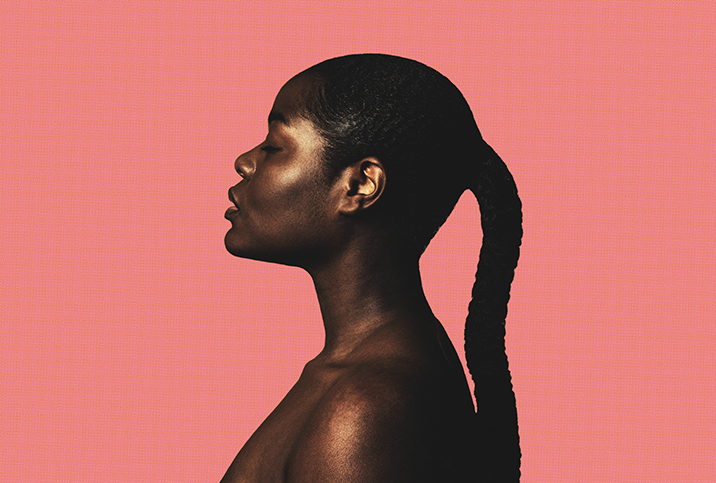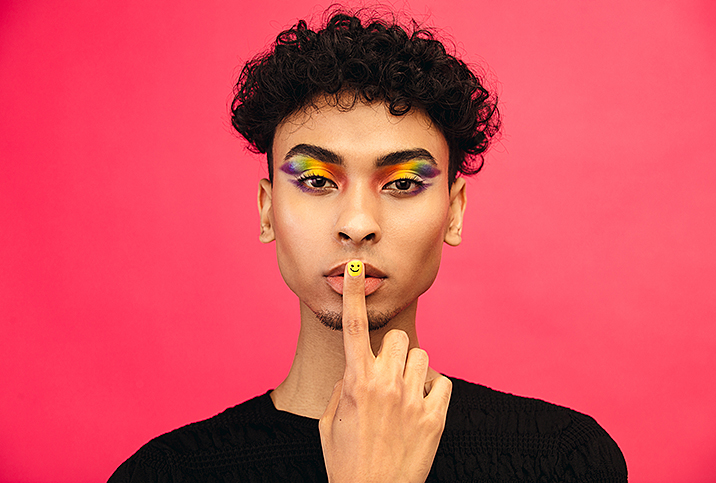What Gender Roles Do to Our Posture and Our Body

Even as we grow to understand more and more about gender's complexities, our culture still chooses to uphold the gender binary. Those raised as girls are taught to be proper, nurturing, modest, feminine, soft and pretty. Boys are raised to be protective, dominant and strong.
Gender socialization is not typically seen as indoctrination but rather a preparation for society. From the moment we're born, we are told how to behave based on our private parts, and any deviance from these rules is a sign of rebellion or something gone wrong. The roaring popularity of gender -reveal parties is proof that we are not ready as a culture to eradicate the expectations of outdated gender definitions.
Gender socialization also discourages the neutrality of gender, gender expression and transness. It acknowledges the stereotype of the body instead of accepting the individual's identity. Naturally, this condition leads to stress that manifests in the body.
Posture as a social standard
Posture is a way of maintaining the standards of gender on the body. I remember being corrected for not closing my legs when I sat down, even though it felt more natural to open up the thighs and allow the muscles to stretch and relax. My hips were also getting bigger, and it was harder to keep my legs completely shut comfortably, but that didn't change the fact that it needed to happen. Such demands are intended to protect girls from sexual violence but instead shame them for body expression.
When you are socialized as a girl, you are supposed to deflect the male gaze—while remaining pleasant and pretty. In contrast, anyone socialized as a male must be stern and control any sensitivities to appear solid and powerful, even when they don't want to be.
Black people raised on the gender binary must bear a heavier burden: upholding respectability in a racist and capitalistic reality. Because of prejudice toward the Black body, maintaining gender is a big part of Black Americans' well-being. The policing of Black girls is more dominant in society due to the stereotype of being hypersexual.
The pressure to shape your body according to gender constructs leads to the muscle memory of what is considered acceptable. Once you push past these conventions, it can be surprising how much more in touch you can be with your body. I feel it in my thighs when I do a deep stretch. The stored energy I invoke to protect myself from predators on the street is a feeling spawned from the sensation of the tightness I would feel when I closed my legs tightly, an adjustment that I was told was for my protection.
Posture for health
Posture is not for anyone but the individual practicing it. It should be about comfort, stability, and health. Truly "bad posture" stems from joint subluxation, which can occur from physical or emotional stress and cause an overload on your nervous system. Correcting the spine and promoting "good posture" means alleviating pressure on your nervous system and causing less pain. It's not about restraining your body and twisting it in a way to appear respectable.
Undoing these expectations of body conditioning is easier when our culture can break down the structure of gender. It's time for us to redefine good posture as any posture that makes you feel closest to your comfort and identity.
















